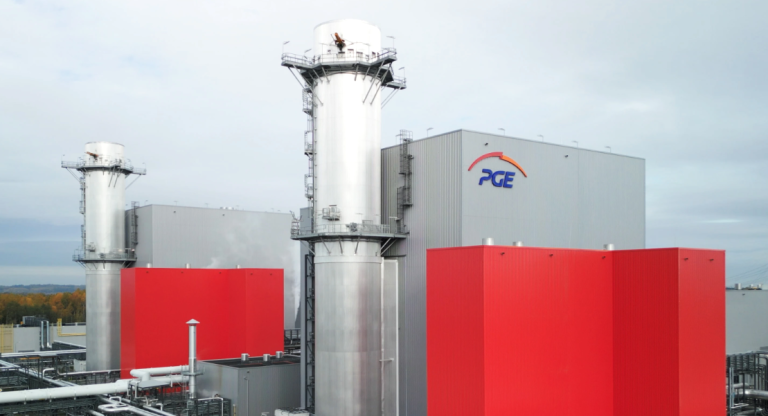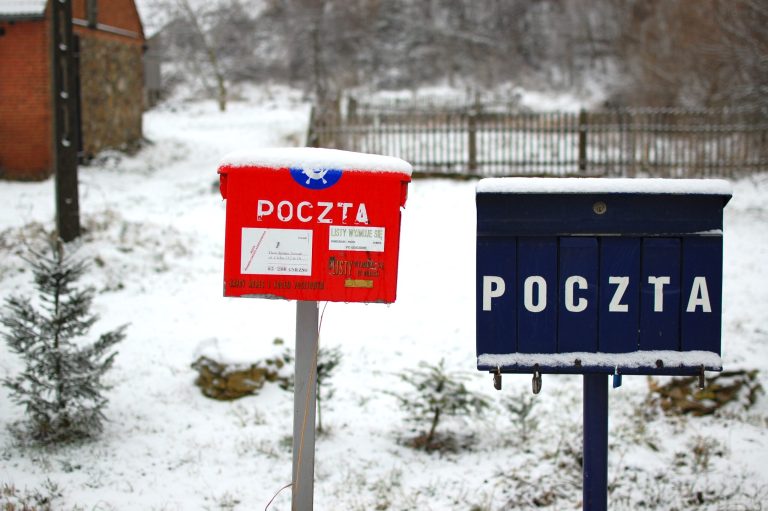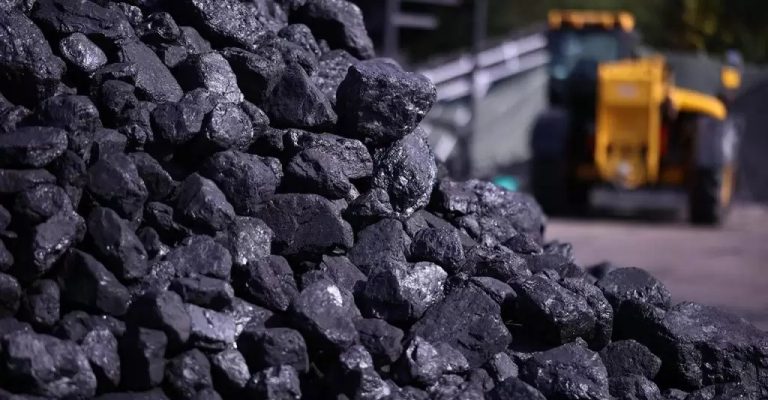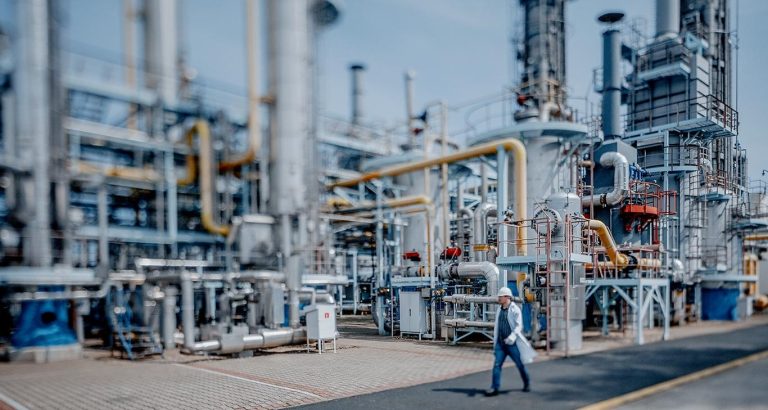Poland outlines financing plans for construction of first nuclear power plant
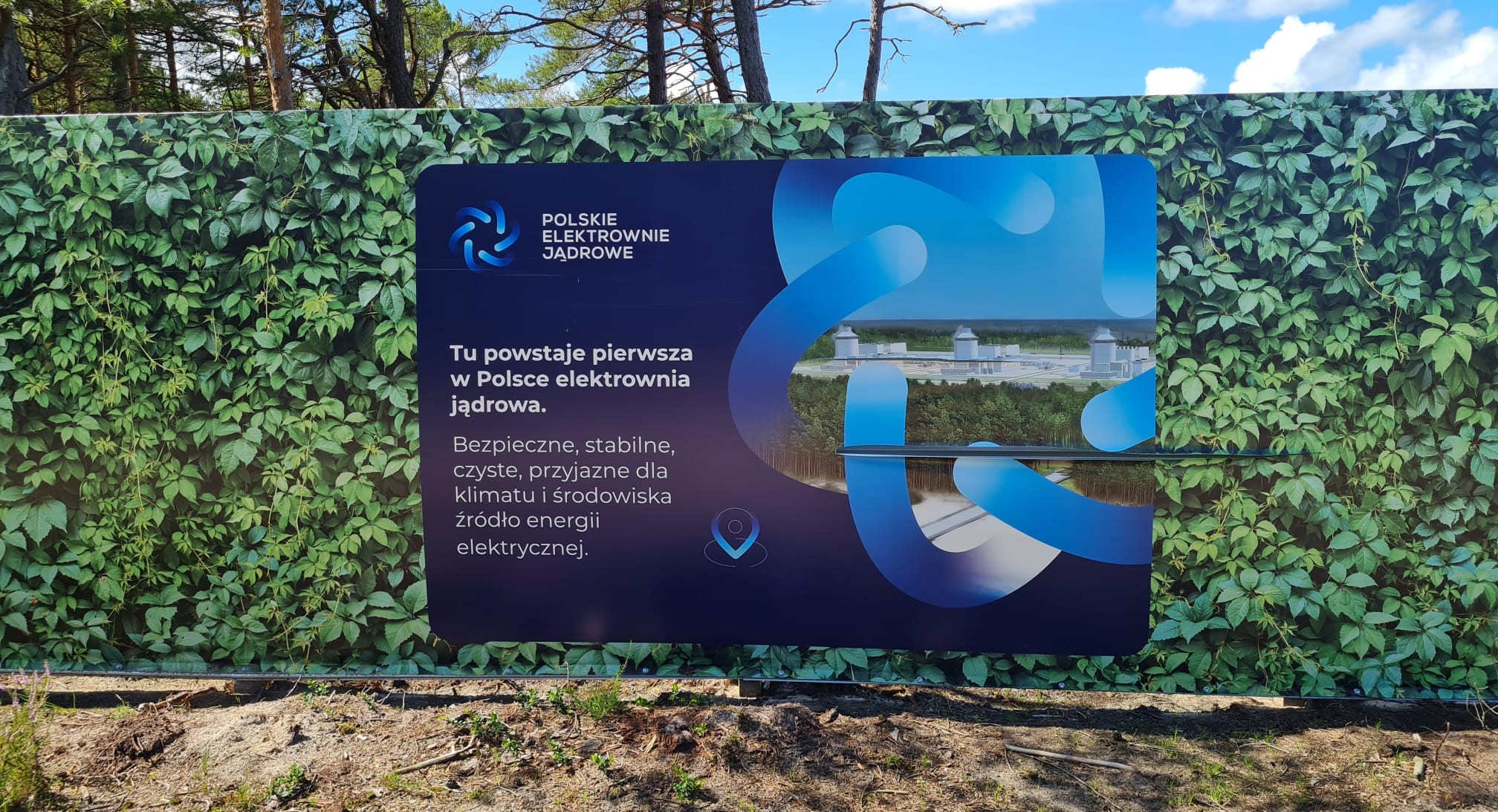
Poland’s government intends to spend over 60 billion zloty (€14 billion) between 2025 and 2030 on developing the country’s first nuclear power plant. That will cover an estimated 30% of the total costs, with the remainder coming from foreign borrowing.
The nuclear plant, which was a flagship project of the former Law and Justice (PiS) government and has been continued by the new ruling coalition that took power in December 2023, is being carried out in cooperation with the United States and will be located in Choczewo on the Baltic coast.
According to draft financial plans approved this week by the government, the state will grant 60.2 billion zloty to Polskie Elektrownie Jądrowe (PEJ), the state-owned company responsible for the plant.
“The remaining amount will be obtained from financial institutions, primarily foreign institutions supporting the export of equipment suppliers…in particular the Export-Import Bank of the United States,” adds the draft.
Jest projekt ustawy dotyczącej dokapitalizowania spółki Polskie Elektrownie Jądrowe (czyli inwestora w pierwszą polską elektrownię jądrową) kwotą ponad 60 mld zł.
Jego przyjęcie to będzie kropka nad i w kwestii polskiego atomu.https://t.co/RYkPp3jDQ3
— Jakub Wiech (@jakubwiech) September 3, 2024
Poland’s financing of the project, which has yet to be approved by the European Commission, will be provided in the form of an increase in PEJ’s capital with cash contributions, says the government, noting that an increase by way of an in-kind contribution of treasury securities is also permitted.
The first tranche of 4.6 billion zloty is to be transferred in 2025 followed by 11 billion zloty in 2026, 14 billion zloty in 2027, 13 billion zloty in 2028, 11 billion zloty in 2029 and 6.6 billion zloty in 2030. The government plans to formally adopt the PEJ funding bill in the fourth quarter of this year.
A pre-notification procedure regarding state support of the PEJ company is pending before the European Commission since September 2023. Poland argues that, as the investment will yield a return at a market level, the recapitalisation will not constitute state aid.
However, the transfer of funds to PEJ will only be possible once the European Commission decides whether it agrees with the Polish position or considers the recapitalisation as state aid. A decision is expected in 2025.
Sorry to interrupt your reading. The article continues below.
Notes from Poland is run by a small editorial team and published by an independent, non-profit foundation that is funded through donations from our readers. We cannot do what we do without your support.
According to plans put forward in 2020 under the former PiS government, Poland wants to have 6-9 GW of nuclear power installed in six units by 2042 as part of efforts to decarbonise its energy sector, which is currently heavily reliant on coal.
At the time, it was anticipated that the first unit would become operational in 2033. However, the new government now estimates that the first reactor will not be built until 2035, with a second in 2036 and third in 2037.
The Choczewo nuclear power plant is expected to have a target electrical output of up to 3750 MWe. In 2022, Poland chose US firm Westinghouse as its international partner for the project. Plans for a second nuclear power station are being developed with South Korea.
Poland’s climate ministry has outlined plans for the country to generate three quarters of its electricity from zero-emissions sources by 2040, with 51% coming from renewables and almost 23% from nuclear https://t.co/CksVqGQXkV
— Notes from Poland 🇵🇱 (@notesfrompoland) April 4, 2023
Main image credit: Alicja Ptak

Alicja Ptak is senior editor at Notes from Poland and a multimedia journalist. She previously worked for Reuters.

